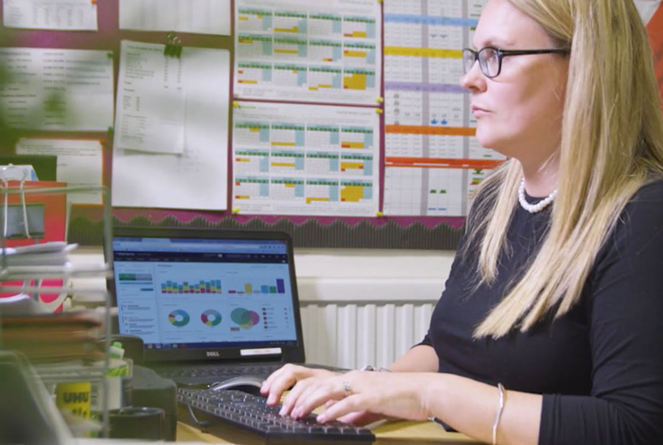April was Stress Awareness Month, and with so many challenges facing teachers and education bodies at the moment, we thought it was important to put staff wellbeing firmly in the spotlight.
Teachers face stress and pressure almost every day they work. Whether it’s the heavy workload of lessons, planning, marking, and other administration, challenging behaviour from students, or external pressures placed on them, they have to deal with a lot. And that’s before taking into account any difficulties they may have in their personal lives or in juggling their own family commitments with their teaching demands.
All of this means that many teachers find it difficult to strike a good work/life balance, and their physical and mental health can easily suffer as a result. In this blog, we’ll take a look at the key elements of work/life balance and what can be done to improve it for teachers.

Defining a healthy work/life balance
The Mental Health Foundation has provided helpful advice on establishing what a good work/life balance is. They’ve cited three main points to consider when working out whether the balance is right or not:
- Time: meeting work commitments but still having time to see friends or partake in hobbies
- Food and sleep: getting proper nights’ sleep and eating a healthy, balanced diet
- ‘Switching off’: being able to mentally separate personal and professional, and not worrying about work during time at home
While these things might sound relatively simple, it can be hard for those with a poor work/life balance to take a step back and realise what’s been going on. If employees work long hours or deal with stress on a regular basis over a long period of time, it’s natural to normalise that behaviour, not think anything of it and just ‘get on with things’. Furthermore, if an employee is worried about their performance or any business uncertainty, and feels that by asking for help they may be at risk of losing their job, they will be more likely to keep their heads down and probably make things worse.
There are lots of measures that general employers can take to support the work/life balance of their employees. These include helping employees prioritise work so that they maximise their productivity, ensuring they take proper breaks, and scheduling time to spend with family and friends away from work. But the unique demands and workload of teaching mean some of these aren’t necessarily practical in an education environment.

Creating better work/life balance for teachers
However, that’s not to say that it’s impossible. There are lots of different strategies that teachers can deploy to ensure they feel better about how their career fits in with their life as a whole. Here are five that we recommend:
- Change work patterns gradually: instead of trying to make a complete change in one go, it’s more realistic to set small goals that are achievable, such as ensuring a full lunch break is taken or going for a relaxing walk.
- Explore flexible work options: schools and teachers can work together to put flexible working measures in place where possible, including job-sharing and defined flexibility.
- Get creative with lessons: most teachers have autonomy in how they deliver lessons, so a more fun and creative approach can make day-to-day teaching far more enjoyable (for both teachers and students).
- Create paperwork no-go zones: ban paperwork or marking being done in bed or at the dining table so that the lines between personal and business time are more clearly and tangibly defined.
- Bank planning and report resources: a pool of resources, such as general report statements that can be customised, can be a real-time and stress saver when it comes to repetitive paperwork.
Of course, headteachers and school management also have a big part to play. In particular, they need to make it clear to teachers who may be struggling that they aren’t alone, they have the support of their managers, and that support is available if they need it. Even the basic awareness that a support safety net is there can make a difference to staff wellbeing.


/Primary%20school%20.jpg?width=2000&name=Primary%20school%20.jpg)








.png?width=940&height=788&name=Lingfield%20College%20Case%20Study%20(5).png)
-1.png?width=1000&height=833&name=National%20Association%20of%20Head%20Teachers%20(3)-1.png)
-3.png?width=1080&height=1080&name=Untitled%20design%20(10)-3.png)






